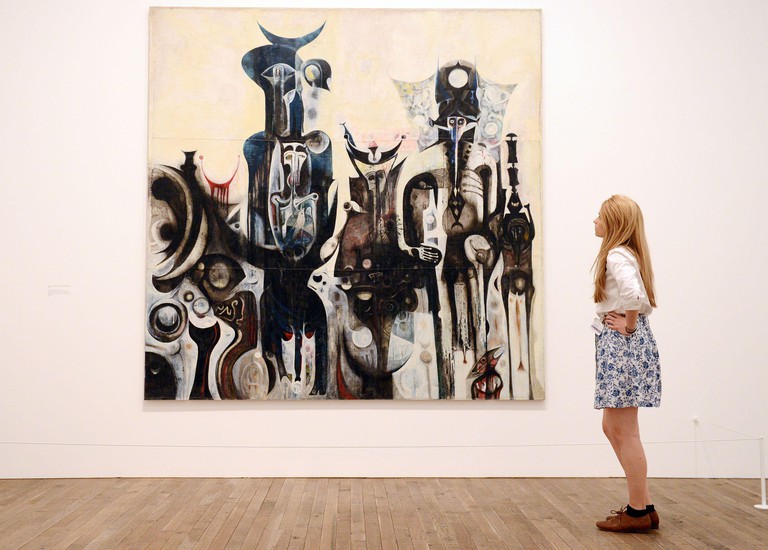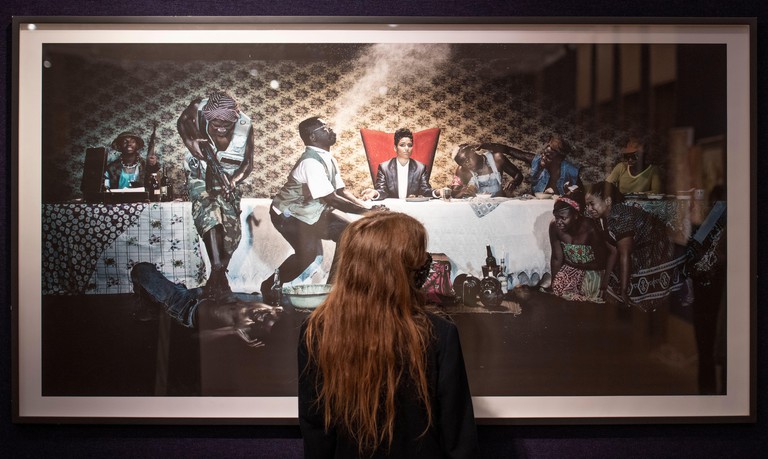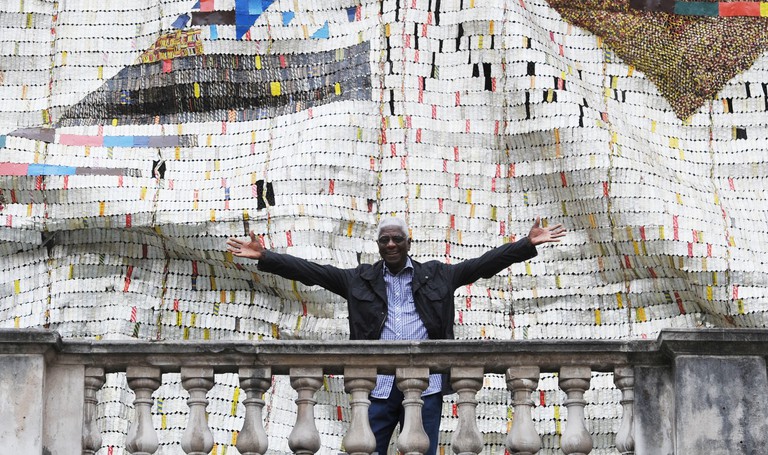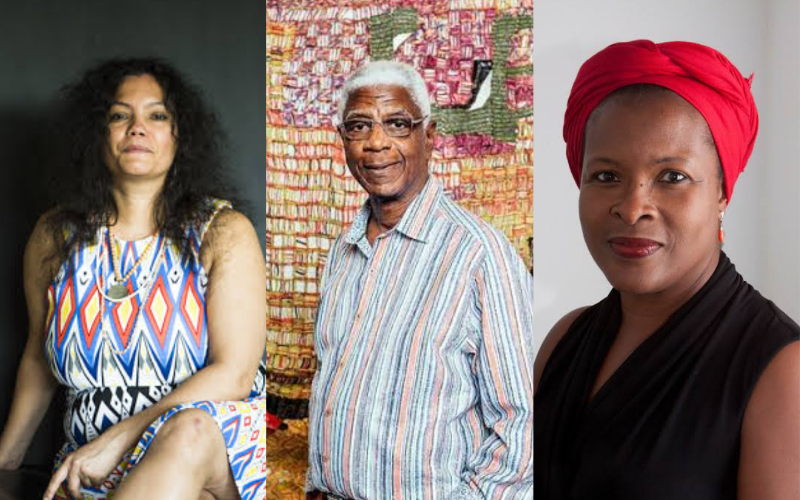A diverse group of artists who interpret and capture socioeconomic realities, political difficulties, rich traditions, and various forms of beauty define Africa’s contemporary art scene.
Leading and up-and-coming artists who continue to have an impact on the development of contemporary art in Africa are selected by Culture Trip.
Meschac Gaba

Meschac Gaba’s traveling exhibition, Museum of Contemporary African Art, which debuted in 1997 at Amsterdam’s Rijksmuseum, received favorable reviews.
In an effort to introduce African art to a global audience, Gaba’s extraordinary project included 12 exhibition rooms, including the Summer Collection Room, Museum Restaurant, and Draft Room, set up over the course of five years in various European art institutions.
In 2013, the Tate Modern acquired Gaba’s entire “museum,” which included artwork, ceramics, and multimedia installations made with paint, plywood, plaster, stones, and old banknotes.
Kudzanai Chiurai

Kudzanai Chiurai, who was exiled from his native Zimbabwe after bravely creating an upsetting image of Robert Mugabe, the nation’s infamous leader, with horns and being swallowed by flames in 2009, now resides and works in Johannesburg.
Chiurai is a significant figure in the African contemporary art scene and was the first black student to receive a Bachelor of Fine Arts from the University of Pretoria.
Chiurai confronts and challenges the most urgent issues in Southern Africa, such as government corruption, violence, xenophobia, and displacement, through dramatic multimedia compositions.
Chiurai uses a variety of media, including digital photography, printing, painting, and, more recently, film, to confront the state of African governments and challenge the status quo.
Tracey Rose

The outspoken Durban-born feminist and well-established contemporary multimedia artist Tracey Rose is best known for her arresting photographic pieces, daring stage productions, and innovative video installations.
Rose explores her multicultural ancestry frequently while tackling identity politics, including sexual, racial, and gender-based issues. To evoke potent images of South Africa’s political and social landscape, she deftly combines elements of popular culture with sociological theories.
Rose has participated in numerous international events, including the Venice Biennale, and has held solo exhibitions in South Africa, Europe, and America.
Sokari Douglas Camp

Sokari Douglas Camp, a Nigerian-born artist currently residing in London, is a member of the first wave of African women artists to successfully break into the global market. Douglas Camp, who is from a sizable Kalabari town in the Niger Delta, draws heavily on Kalabari culture and traditions when creating her large, semi-abstract figurative works.
She uses contemporary sculptural techniques and primarily uses steel. She has participated in numerous solo and group exhibitions around the globe, and the Smithsonian Institution in Washington, DC, and the British Museum in London both have permanent collections of her work.
El Anatsui

El Anatsui, a Ghanaian artist who is one of Africa’s most significant sculptors, is at the forefront of the contemporary art scene and has received widespread international acclaim for his distinctive and instantly recognizable sculptures.
Anatsui, a well-known sculptor and professor at the University of Nigeria’s Department of Sculpture, uses clay and wood to make objects that express various social, political, and historical concerns.
In his later works, he used installation art techniques and sewing techniques, repurposing materials like railroad sleepers, driftwood, and aluminum bottle tops.











